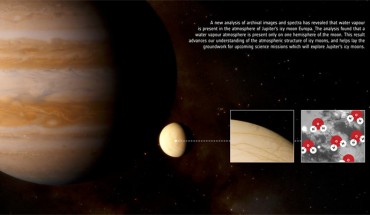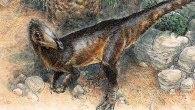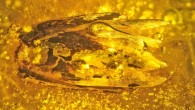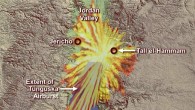Observations by the NASA/ESA Hubble Space Telescope in far-ultraviolet light of Jupiter’s icy moons were used in the past to detect molecular oxygen in their tenuous atmospheres. The results of an analysis of images and spectra of Jupiter’s moon Ganymede have recently shown that the same observations also contain information that water vapor is abundant in the atmosphere in addition to oxygen. A planetary researcher from the KTH Royal Institute...




















